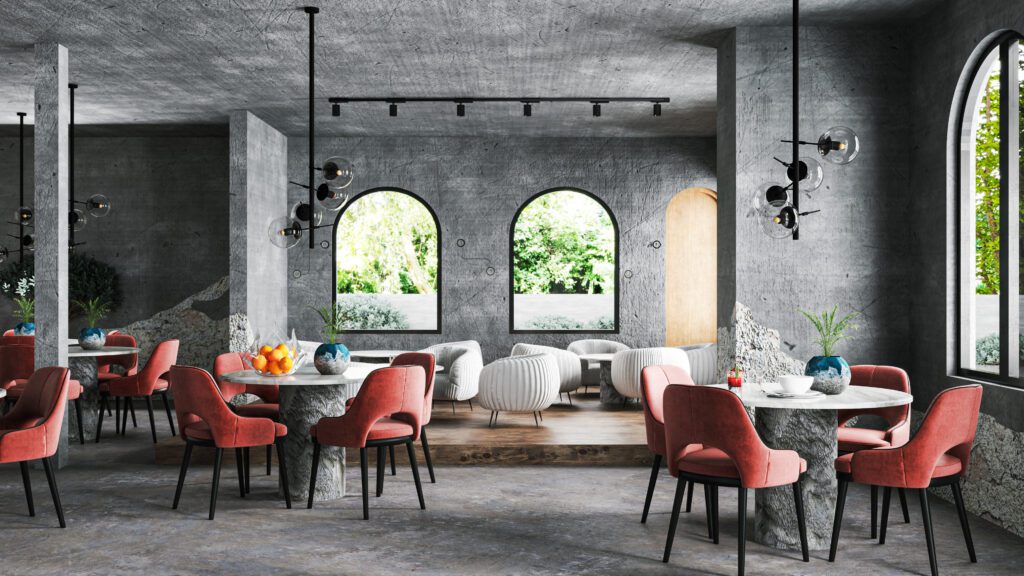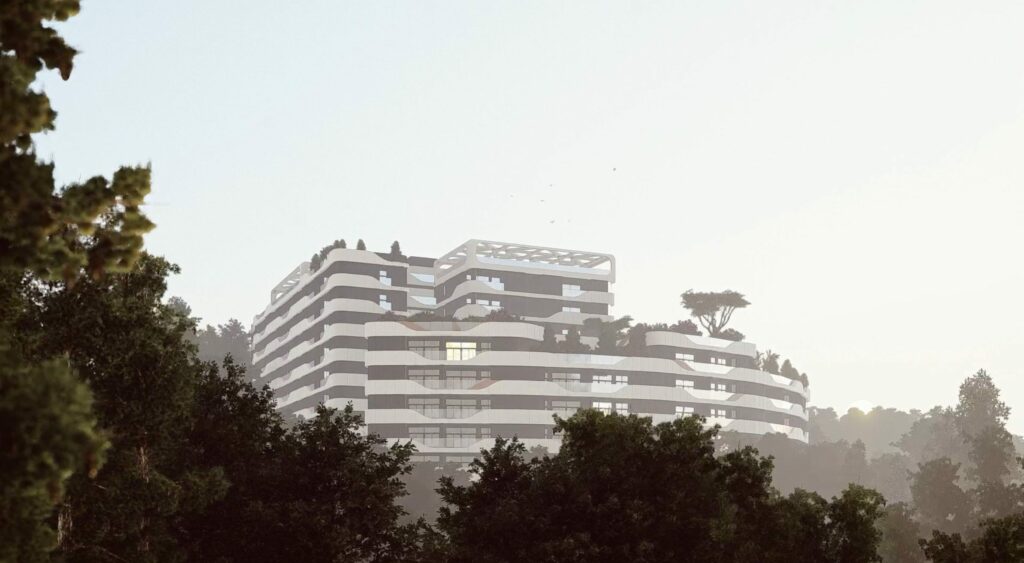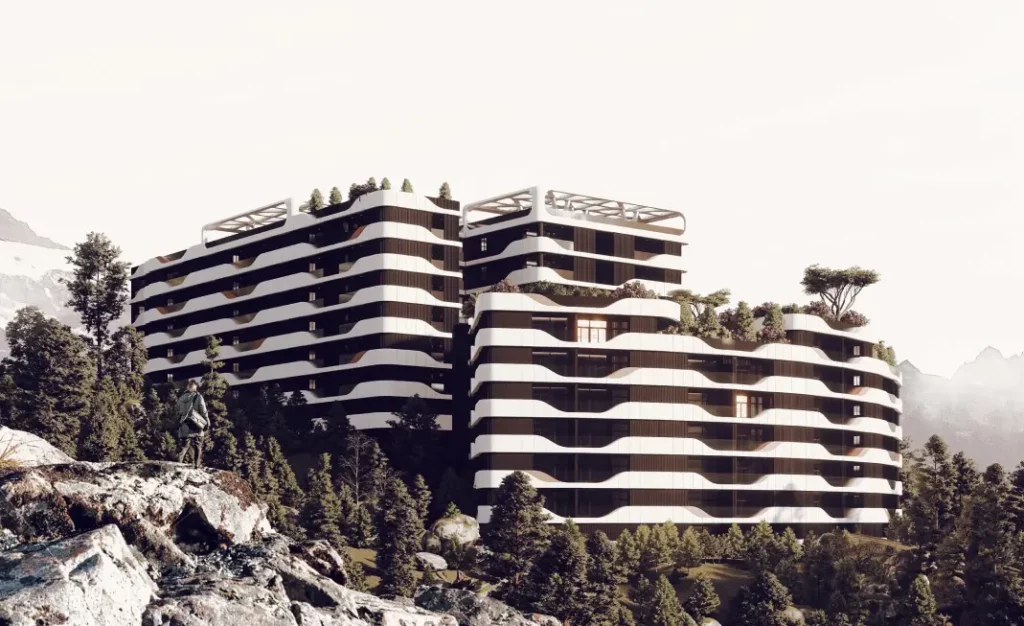Design principles are essential guidelines that help designers create effective, aesthetically pleasing designs. They are the foundation upon which successful designs are built. These principles can be applied to all forms of design, from graphic design and web design to product design and architecture.
Here are some of the most important design principles and how they can be applied to your designs:
- Balance: Balance is the distribution of visual weight in a design. There are two types of balance: symmetrical and asymmetrical. Symmetrical balance is when both sides of a design are equal, while the asymmetrical balance is when the weight is distributed unevenly. Balance can be achieved through the use of color, shape, and texture.
- Contrast: Contrast refers to the difference between two elements in a design. This can be achieved through the use of color, texture, size, and shape. Contrast creates visual interest and helps draw the eye to certain elements of the design.
- Emphasis: Emphasis is the focal point of a design. It can be achieved through the use of color, size, and placement. Emphasis helps draw the viewer's attention to the most important elements of the design.
- Unity: Unity refers to the overall cohesion of a design. It can be achieved through the use of repetition, color, and shape. Unity helps tie together all of the elements of a design to create a cohesive whole.
- Proportion: Proportion refers to the size and scale of elements in a design. It is important to maintain proper proportion to create a harmonious design. Proportion can be achieved through the use of size, shape, and placement.
- Hierarchy: Hierarchy refers to the organization of elements in a design. It helps guide the viewer's eye through the design and creates a sense of order. Hierarchy can be achieved through the use of size, placement, and color.
- Alignment: Alignment refers to the placement of elements in a design. It helps create a sense of order and organization. Alignment can be achieved through the use of grids and guides.
- Repetition: Repetition refers to the repeating of certain elements in a design. It creates a sense of unity and helps tie together different elements. Repetition can be achieved through the use of color, shape, and texture.
- White space: White space refers to the empty space in a design. It helps create a sense of balance and allows the viewer's eye to rest. White space can be achieved through the use of margins and padding.
By understanding and applying these design principles, you can create effective, aesthetically pleasing designs that are sure to impress. Whether you're designing a website, creating a logo, or designing a product, these principles will help guide you in creating a successful design.





